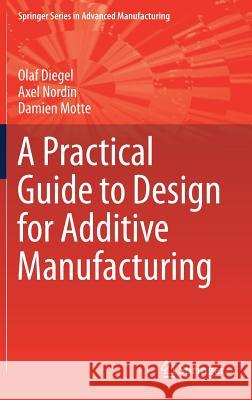A Practical Guide to Design for Additive Manufacturing » książka
topmenu
A Practical Guide to Design for Additive Manufacturing
ISBN-13: 9789811382802 / Angielski / Twarda / 2019 / 226 str.
A Practical Guide to Design for Additive Manufacturing
ISBN-13: 9789811382802 / Angielski / Twarda / 2019 / 226 str.
cena 722,88
(netto: 688,46 VAT: 5%)
Najniższa cena z 30 dni: 655,41
(netto: 688,46 VAT: 5%)
Najniższa cena z 30 dni: 655,41
Termin realizacji zamówienia:
ok. 22 dni roboczych
Dostawa w 2026 r.
ok. 22 dni roboczych
Dostawa w 2026 r.
Darmowa dostawa!
Kategorie:
Kategorie BISAC:
Wydawca:
Springer
Seria wydawnicza:
Język:
Angielski
ISBN-13:
9789811382802
Rok wydania:
2019
Wydanie:
2019
Numer serii:
000904318
Ilość stron:
226
Waga:
0.52 kg
Wymiary:
23.39 x 15.6 x 1.6
Oprawa:
Twarda
Wolumenów:
01
Dodatkowe informacje:
Wydanie ilustrowane











